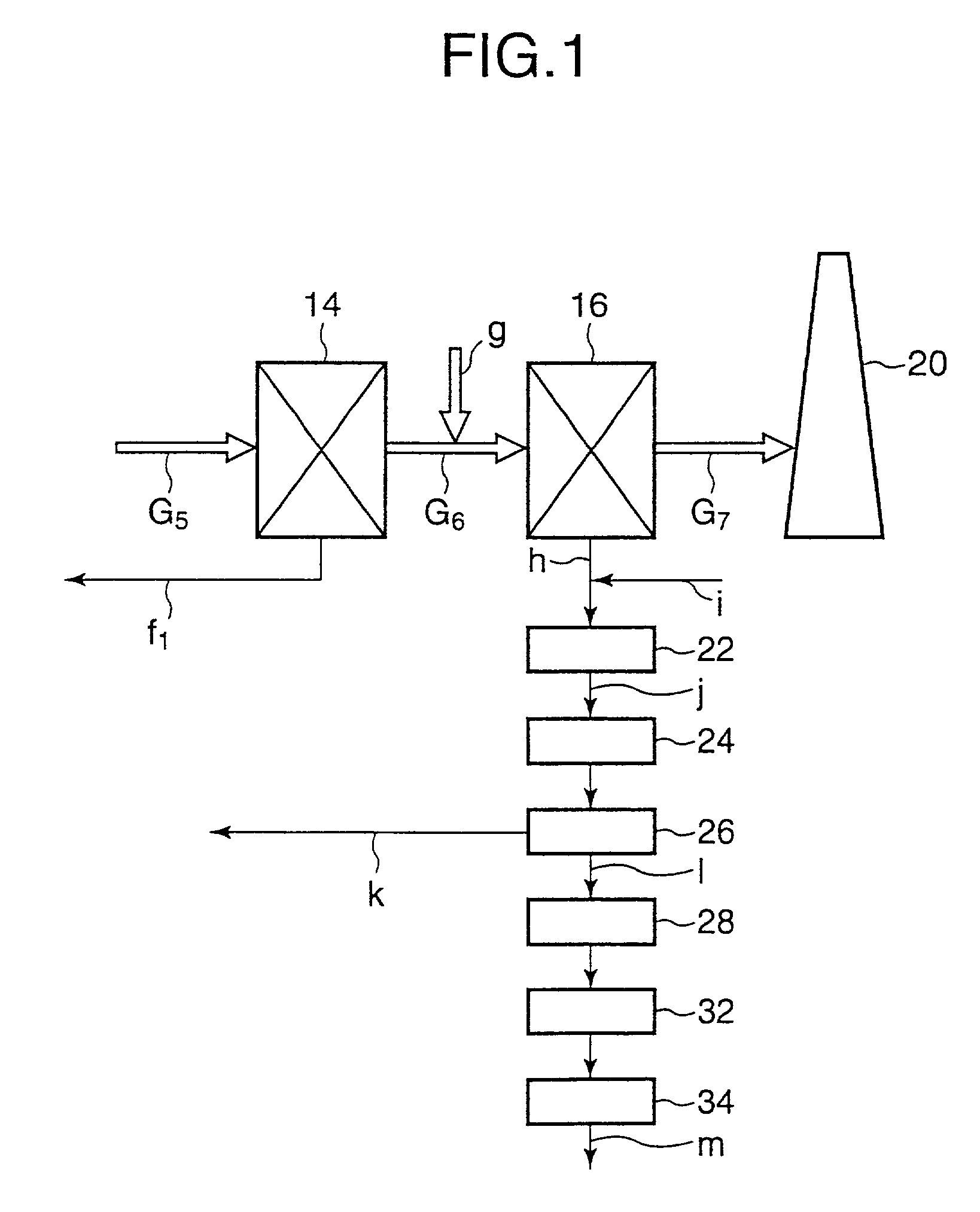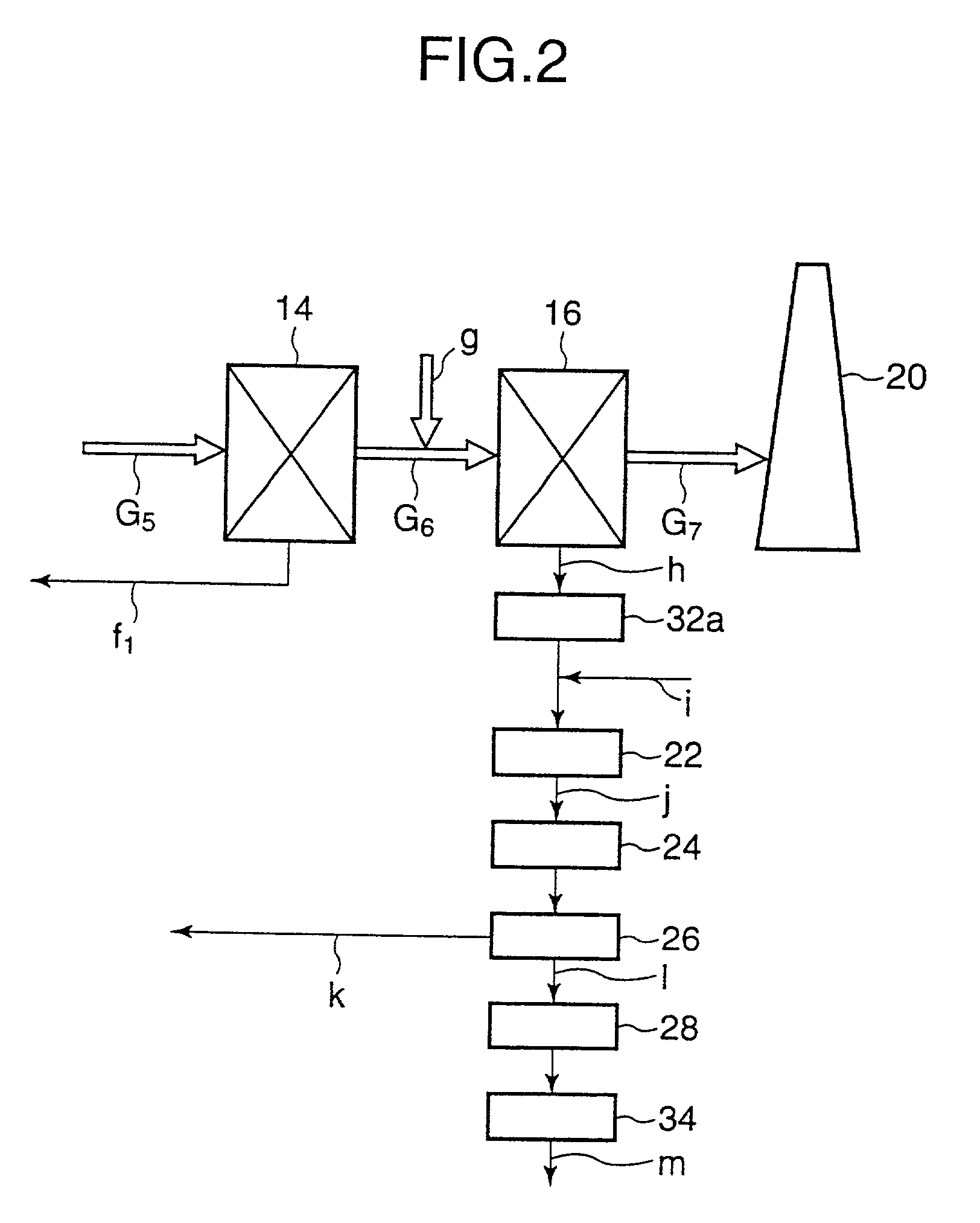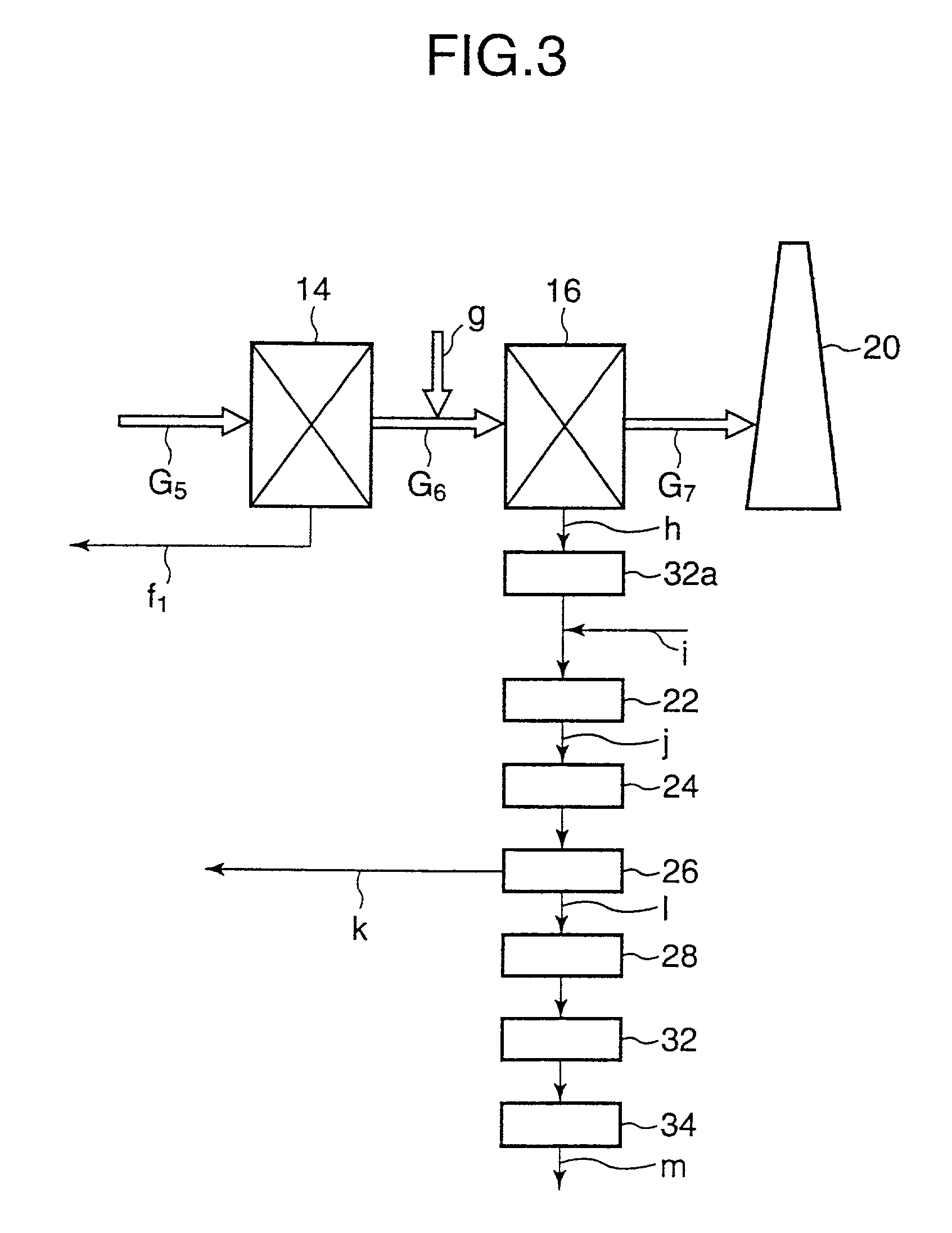Sodium-based dechlorinating agent and waste treatment equipment
a dechlorinating agent and waste treatment technology, applied in the field of sodium-based dechlorinating agent and waste treatment equipment, can solve the problems of low removing ratio of hydrogen chloride, inability to use sodium-based dechlorinating agent as a dechlorinating agent, and increasing difficulty in reclamation sites
- Summary
- Abstract
- Description
- Claims
- Application Information
AI Technical Summary
Benefits of technology
Problems solved by technology
Method used
Image
Examples
examples
[0067] Experiments were carried out on practical applicability of the sodium-based dechlorinating agent of the present invention. A hydrophilic anti-caking agent is mixed in the sodium-based dechlorinating agent of the invention (hereinafter referred to as "sodium-based dechlorinating agent A"). For comparison purposes, a sodium-based dechlorinating agent mixed with a hydrophobic anti-caking agent in place of the hydrophilic anti-caking agent (hereinafter referred to as "sodium-based dechlorinating agent B") was prepared, and experiments were also carried out on practical applicability thereof.
[0068] The sodium-based dechlorinating agent A comprises sodium hydrogencarbonate having a mean particle diameter of 8 .mu.m mixed with hydrophilic fumed silica having a mean particle diameter of 0.013 .mu.m serving as an anti-caking agent in an amount of 1 mass %. The sodium-based dechlorinating agent B comprises sodium hydrogencarbonate having a mean particle diameter of 8 .mu.m mixed with h...
PUM
| Property | Measurement | Unit |
|---|---|---|
| Percent by mass | aaaaa | aaaaa |
| Angle | aaaaa | aaaaa |
| Fraction | aaaaa | aaaaa |
Abstract
Description
Claims
Application Information
 Login to View More
Login to View More - R&D
- Intellectual Property
- Life Sciences
- Materials
- Tech Scout
- Unparalleled Data Quality
- Higher Quality Content
- 60% Fewer Hallucinations
Browse by: Latest US Patents, China's latest patents, Technical Efficacy Thesaurus, Application Domain, Technology Topic, Popular Technical Reports.
© 2025 PatSnap. All rights reserved.Legal|Privacy policy|Modern Slavery Act Transparency Statement|Sitemap|About US| Contact US: help@patsnap.com



